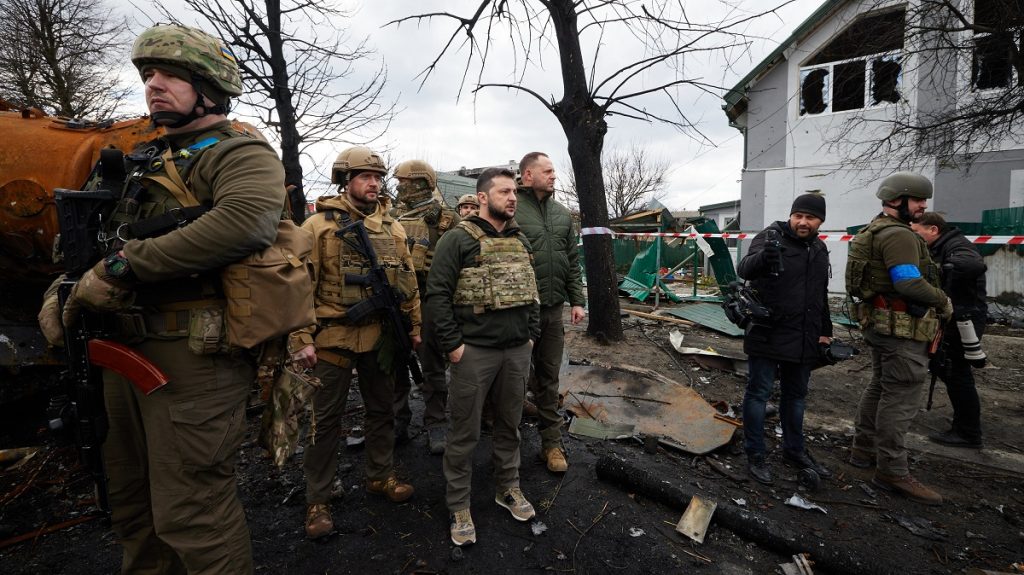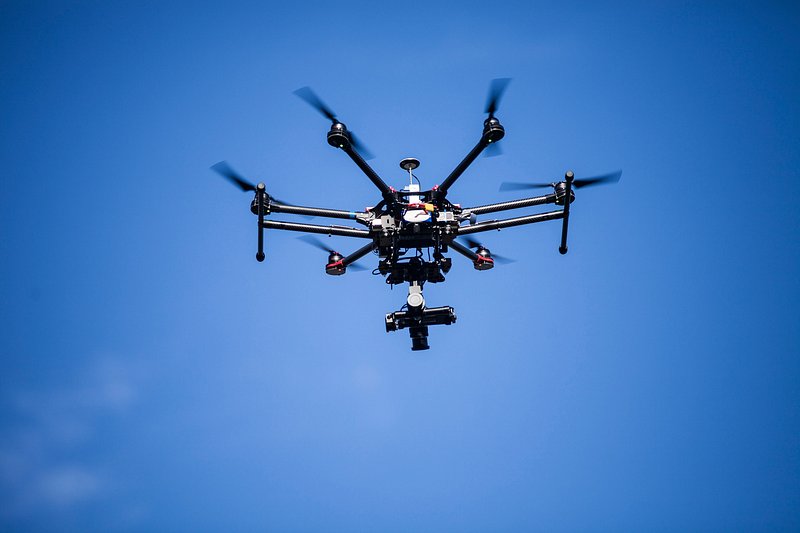
Russia’s war against Ukraine reached a dismal milestone: Through October 1, 2025, confirmed video evidence reports that Moscow has lost 22,909 units of military equipment. That eye-popping number, compiled by the Netherlands-based open-source intelligence group Oryx, underscores the level of wear and tear in a conflict the Kremlin insists it can still win.

The losses reflect a deeper story of the Russian military’s evolving strategies, industrial strain, and geopolitical gamble behind President Vladimir Putin’s decisions. With record losses close to one million and disastrous equipment wear-and-tear, Russia has reconfigured its war economy, increased drone production, and mobilized personnel to levels not seen since the Soviet era. But faults are emerging within its battlefield performance and strategic position.
Here are seven disclosures from the new battlefield numbers, expert analysis, and reporting on the ground that expose the realities within Putin’s failing war machine.

1. Verified Equipment Losses Around 23,000 Units
As of October 1, 2025, Oryx’s photo- and video-verified statistics report Russia has lost 22,909 units of military hardware since the invasion began. This includes 4,152 tanks, 6,139 infantry fighting vehicles, 977 self-propelled guns, and 166 aircraft and helicopters combined. The figures, as conservative as they are in the light of Oryx’s verification process, likely underestimate real loss. The extent of lost, damaged, abandoned, and captured hardware encompasses the attritional nature of the war, where even small territorial gains are bought at appalling matériel cost.

2. Attrition Takes Priority Over Territorial Gains
Russia’s battlefield victories have come to a halt. In Donetsk, the offensive from Avdiivka to Pokrovsk averaged just 135 meters per day, while in Kharkiv the pace fell to 50 meters per day slower than World War I’s Somme offensive. Since January 2024, Russia has seized less than 5,000 square kilometers, a fraction of the 120,000 square kilometers gained in the war’s opening weeks. This grinding pace reflects Ukraine’s defense in depth success and the limits of Russian ability to push forward.

3. Casualties at Historic Highs
Some credible sources, including CSIS and the U.K. Defence Ministry, estimate the Russian casualties at over 950,000, of whom approximately 250,000 died. It makes Ukraine Russia’s second deadliest conflict of the past century and above the combined death toll of all Soviet and Russian post–World War II conflicts. The rate of casualties typically 100–150 troops per square kilometer of the 2025 territory conquered exemplifies the superiority in human lives paid by Moscow’s strategy of attrition warfare and its reliance on insufficiently prepared replacements.

4. Industrial Mobilization and Drone Surge
Despite sanctions, Russia has redirected its economy to finance war, dedicating 40% of its 2025 federal budget to military and security services. Domestic production of Shahed-type drones has shifted to around 30,000 annually, with projections to double by 2026. Specialists note that Russia can now launch more than 2,000 drones per salvo, integrating aerial, ground, and naval unmanned platforms. This mass production displaces exhausted Soviet-era stocks and facilitates repeated strikes at relatively low cost.

5. Manpower Expansion During Recruitment Pressures
Putin’s September 2024 decree set a target of 1.5 million active troops, and Russia’s army would be the world’s second largest, behind China’s. In 2025, the Kremlin mobilized 160,000 conscripts in its largest spring draft in 14 years and recruits 30,000–40,000 contract soldiers monthly. However, average volunteer bonuses have risen to 2 million rubles from 1.5 million, which shows recruitment difficulties. Budgetary constraints can cause unpopular forced mobilization again, experts say.

6. Tactical Innovations to Offset Equipment Shortages
Faced with shortfalls of armored personnel carriers and infantry fighting vehicles, Russia has adapted by giving greater priority to small-unit infantry assaults supported by glide bombs, drones, and artillery. In the process, it reduces its reliance on large armored formations vulnerable to Ukrainian precision fires. However, it also limits operational breakthroughs, perpetuating the war’s attritional character and prolonging the stalemate.

7. Strategic Endgame: Eternal War or Pressure-Induced Peace
Western analysts, such as CSIS’ Max Bergmann, estimate that Putin’s essential goals subordinating Ukraine and forestalling its integration into the West remain unchanged. If complete victory is unavailable, a lower-level “forever war” might advance Kremlin aims by locking Ukraine out of EU and NATO ambitions. In contrast, heavier Ukrainian attacks on Russian infrastructure, e.g., the 17% refining capacity loss due to drone raids, may undermine Russian domestic support and persuade Moscow to seek a ceasefire.

The statistics and anecdotes from Ukraine’s war zones paint a picture of a Russian war machine strained to the breaking point bleeding hardware, manpower, and political capital. But the Kremlin’s capacity to juggle its economy, mobilize its forces, and keep drone warfare in play means the war is by no means over. The warning for defense planners and strategists is clear attritional wars appreciate industrial resilience and strategic tenacity, but also lay bare vulnerabilities in wait. Whether Russia’s current trajectory leads to a frozen conflict, a negotiated settlement, or more escalation will be determined by the interplay of these pressures over the next few months.

